Progressive muscle relaxation technique | Jacobson’s progressive relaxation exercise
Table of Contents
What is progressive muscle relaxation technique?
Progressive muscle relaxation (PMR) is a technique of exercise therapy that involves contracting and relaxing your muscle groups, one at a time, in a specificified manner.
progressive muscle relaxation was developed by American physician Dr. Edmund Jacobson in the 1920s. He found that physical exercise in specified manner give you relaxation and also improve your mental health.
It is also called Jacobson’s progressive relaxation exercise. Dr. Jacobson found that relaxing the muscles also help to relax the mind as well. The technique involves contracting one group of muscles while keeping the rest of the body muscles in relax position, and then relax the muscle.
Mostly Physiotherapist and psychologist who teach this technique often associated it with deep breathing exercises or other relax imagery. This exercise may through the process, starting from the head or feet and working throughout the body muscles.
When you doing this exercise regularly, this technique may have many health benefits that helps to improve your mental health while at the same also improve your physcial fitness. Research shows that it can be useful conditions like:
- High blood pressure (High BP)
- Migraine
- Sleep Disturbances
- Lowering work-related stress
- Relieving Anxiety, stress, depression
In this article we discuss what progressive muscle relaxation technique is, what is the health benefits are, and how to perform this exercise technique.
What is progressive muscle relaxation (PMR)?
It was founded by American physician Dr.Edmund Jacobson in the 1920s. He suggested theory that shows regular physical exercise with relaxation can help mental relaxation.
Jacobson found that you can relax a muscle by contracting muscle group and then relax it. He also found that this exercise can help to relax the mind.
It is a series of exercise for gaining this state of mind relaxation. For that you require you to work on one muscle group at the time while keep your body is in relax mode.
In this exercise you have to contract each muscle group before relaxing. This exercise focus on the sense of contract and relaxation in the area.
What are the Health benefits of PMR?
There are plenty of case study shows health benefits of PMR. These benefits are:
Helps to relieve Anxiety/Stress/Depression
Major benefits of PMR is Anxiety relieve, mainly helpful in generalized anxiety disorder or anxiety due to a stressful situation. This exercise helps in relieving depression and stress. It improves overall well-being and quality of life.
Sleep disturbances: If you have sleep disturbances this exercise is the best option for you, mostly doctors recommended medicine that may have side effects while PMR exercise is the most natural way to improve sleep without any side effects.
Cervicogenic headache:
It’s a common condition in which neck pain with headache that’s mostly combine with mental and emotional stress.
This exercise may help reduce symptoms of chronic Cervicogenic headache. This exercise surely helps to reduce headache and neck pain.
Helps to relieve High Blood pressure:
Hypertension is the most common cause of stroke or Heart disease. Stress can increase the condition, but progressive muscle relaxation exercise may help to improve naturally.
Migraine:
It is a neurological condition in which intense pain in your face and head that can attacks and triggered by stress in your day to day activity stressors. This exercise helps to relieve migraine attacks as you performed this exercise regularly.
The researchers found that it helps by increase the levels of serotonin, a neurotransmitter that’s often found low level in people with migraine.
Helps to relive Back pain:
Chronic low back pain is also increases with stress and this exercise also improve function of Back muscles and reduce stress. If you have low back pain with stress PMR is the best option for you to relive Low back pain.
Relieve temporomandibular joint (TMJ) symptoms:
Day to day activity stress increase your TM joint disorder in which stiffness of the TM joint (locking of the jaw) and pain is the most common symptoms.
PMR exercise that the relaxing effect may help relieve TMJ symptoms. This exercise gradually reduce pain pain and stiffness after doing the PMR technique.
How to do progressive muscle relaxation (PMR)?
This is the easy to perform exercise you can try at home. For this exercise you don’t need any equipment. You can do at early morning for calm and relax environment for focus on exercise without any distraction.
The main goal is to contract and relax of each muscle group and hold for 5 seconds. Then, you exhale as you let your muscles fully relax for 10 to 20 seconds before you move on to the other muscle group.
How to do PMR exercise?
- To do this exercise you can start with lying down on a soft mat with keep your entire body in fully relax mode, you can also use good music that helps to make calmative
- Lift your toes upward. Hold for 5 seconds, then let go. Pull your toes downward. Hold for 5 seconds, then let go.
- After that, contract your calf muscles, then relax for 10 to 20 seconds.
- Move your knees toward each other. Hold, then relax for 10 to 20 seconds.
- Squeeze your thigh muscles (quadriceps). Hold for 5 seconds , then relax for 10 to 20 seconds.
- Contracting your hands. Holds for 5 seconds, then relax for 10 to 20 seconds.
- After Contraction your arms. Hold, then relax.
- Squeeze your buttocks. Hold, then relax.
- Contract your abdominal muscles. Hold, then relax.
- Push your heads backwards, Hold for few seconds then relax.
- Take a deep breath and contract your chest muscles. Hold, then exhale and relax.
- Elevate your shoulders upto your ears. Hold, then relax.
- Purse your lips together. Hold, then relax.
- Open your mouth fully. Hold, then relax.
- Close your eyes tightly. Hold, then relax.
- Lift your eyebrows. Hold, then relax.
You can add exercise variations to add more body muscles as you improve.
Jacobson’s relaxation technique video:
Do’s and Don’t for PMR Exercise:
To do this exercise you can use these tips:
- To do this exercise initially you can do for 10 to 20 minutes and as you improve you can do upto 30 minutes.
- Quiet comfortable environment with good music helps to improve relaxation.
- During the relaxation part of exercise cycle relaxes the muscle completely. Keep your mind fully relax for 10 seconds. Try to keep your body loose, light and relax as you can.
- Do not use your phone or tv to avoid distractions while Keep your eye closed.
- While you contraction muscles you should do deep inhale untill you hold and exhale while you relax.
- You should start with certain sequence such as head to toe or you can start with toe to head exercise.
- Easy to wear loose and lightweight clothing.
- You must avoid painful exercise.
Conclusion:
PMR is generally easy to perform home exercise with no any side effects and not required a any professional’s help. This exercise usually require 20 to 30 minutes you can
easily perform in the early morning. You can also use youtube videos or podcast to help. This exercise is the most natural way to recover without any side effects.


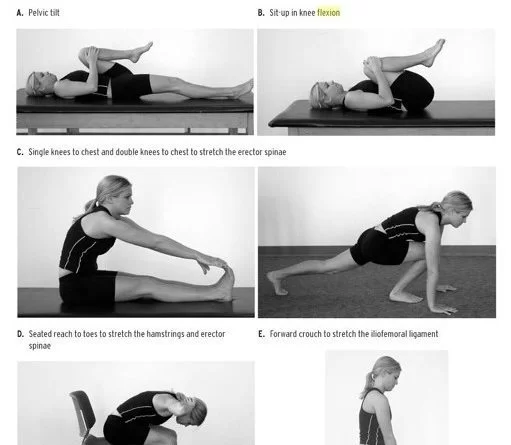
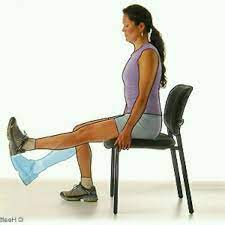
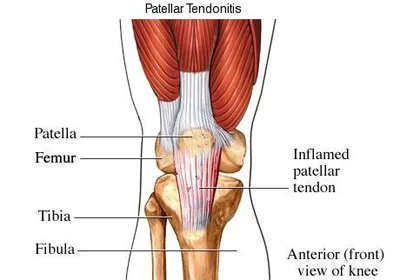
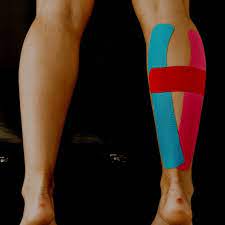
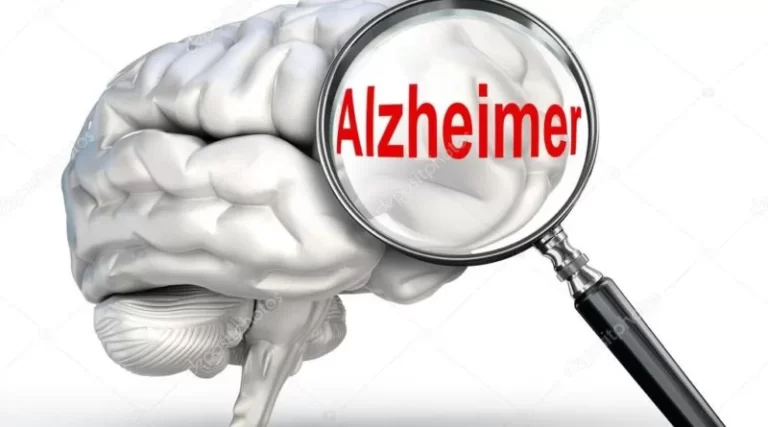
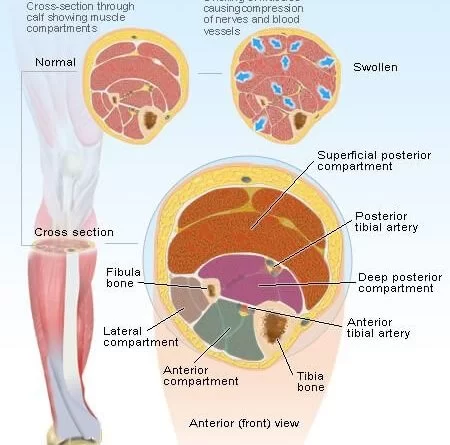
4 Comments